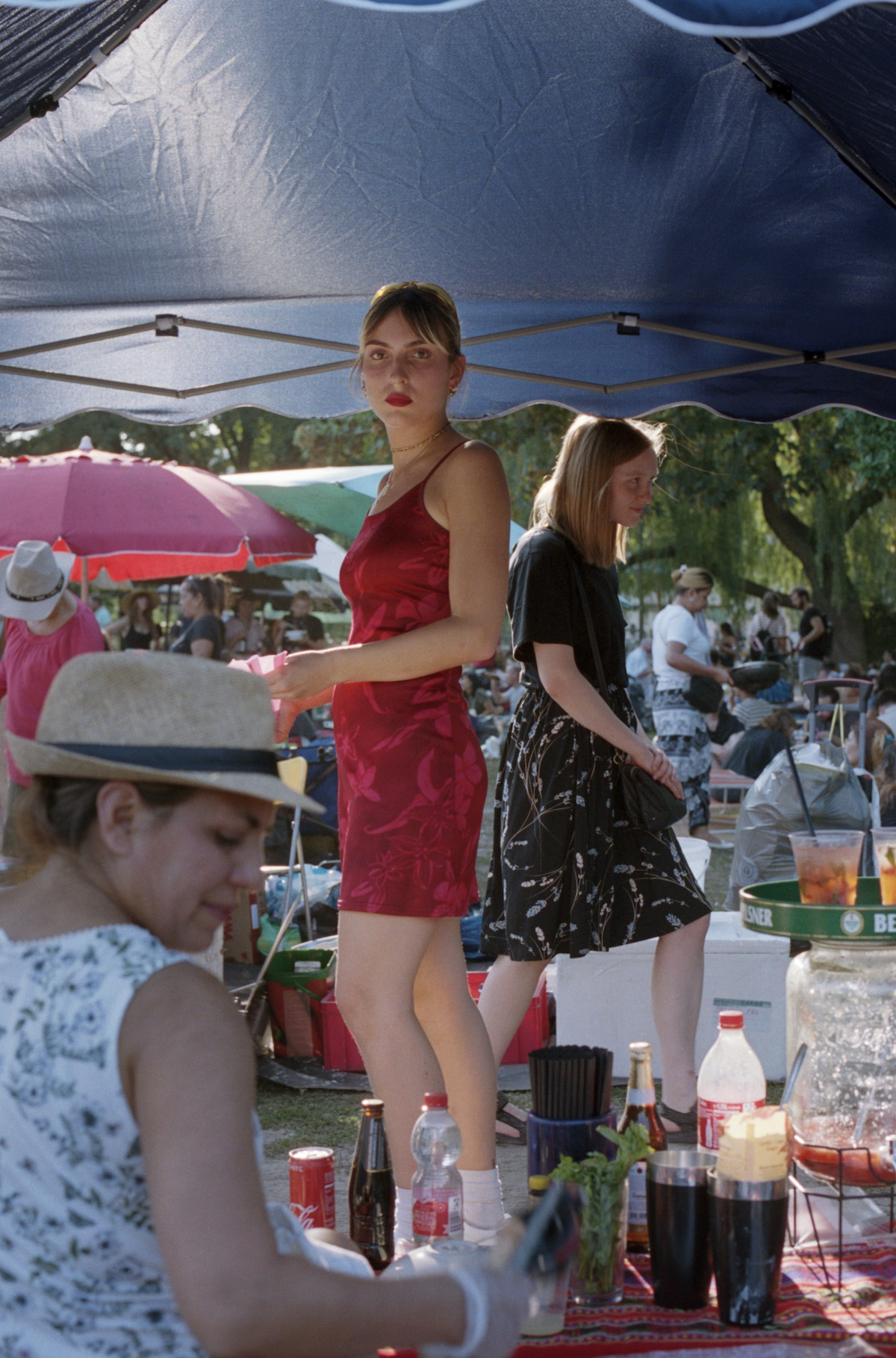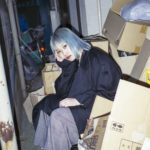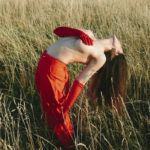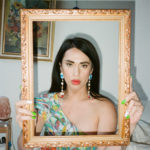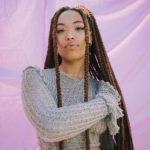Can you introduce yourself to our readers? Nana: I’m Nana Kuroda. I was born in…
Dani Coyle
An artist shedding light upon the Intersex community20 December 2019
This month, we got the chance to sit down with Dani Coyle (@inter_sexy) to talk about @inter___face, an ongoing portrait project shedding light upon the Intersex community and their artistic motivations.
When did you move to Berlin and what made you want to move here?
Dani: I moved at the end of summer 2017 on a post-graduate Erasmus year, which ended up being extended indefinitely. I don’t know what specifically drew me to Berlin, but I think I subconsciously knew I needed a change of scene after being in the closet for so long. Berlin offered creative freedom, cheap rent and a good party.
Can you explain what it means to be intersex for those of our readers who may not be familiar with the terminology?
Dani: Intersex people make up about 1.7% of the population (which is roughly as common as twins). The term intersex is an umbrella term that refers to people who have one or more of a range of variations in sex characteristics that fall outside of traditional conceptions of male or female bodies. For example, they may have variations in their chromosomes, genitals, or internal organs like testes or ovaries. Sometimes these characteristics are identified at birth, while other people might not discover they have intersex traits until puberty or later in life.
You mentioned in a previous article with Vice that Intersex people are as common/as rare as twins. How hard or easy has it been for you to find other Intersex people to connect with and how important is it for you to have/build a community of other Intersex people?
Dani: Community is an integral part of humanity. Feeling like an ‘other,’ different and isolated from others, has been the hardest thing about being intersex. When I found out, I was told that there were hardly any others like me, and so naturally I assumed I’d never find that support network. I struggled for a little while to find an intersex community IRL, but discovering people online changed that. Having people to talk to that have shared the same life experiences as you is so healing. Those closest to me can try their hardest to empathise but can never truly understand. Within our community so much doesn’t even need to be said because we just get it, and it’s so important to have those people.
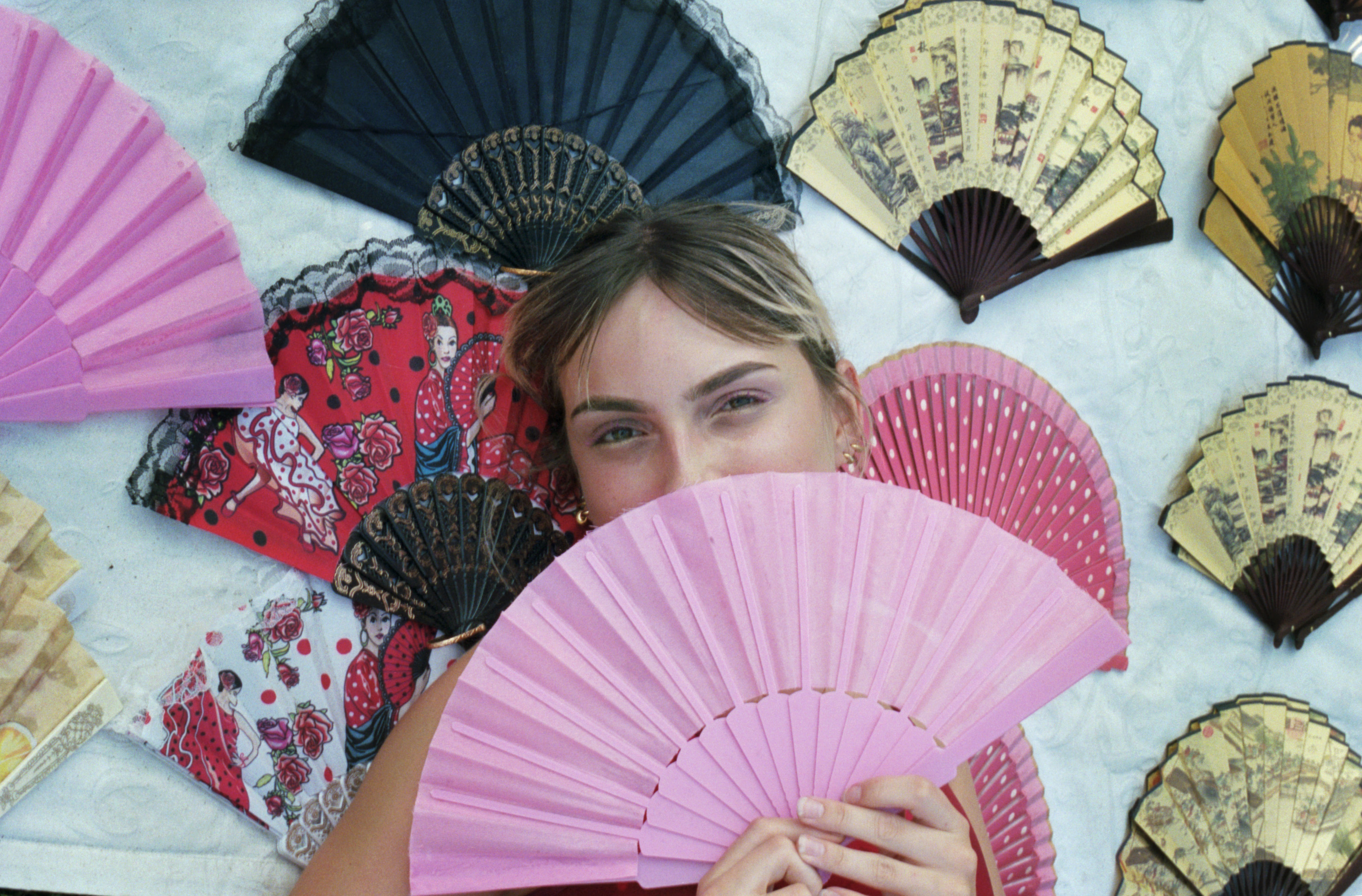
How long have you been working as an artist? Was art something you studied academically?
Dani: I’ve always been super creative, knowing from an early age I wanted to be a designer of some sort. I studied Graphic Design at Kingston School of Art in London before I came to Berlin. Although I really enjoyed university, I was still living with the immense burden of hiding such a ‘shameful’ secret about my body and identity.
It was only when I got to Berlin that I really started un-packing all of these feelings, which lead me to produce the first pieces of work that I’m truly proud of with @inter___face and @digi.gxl. For years, I struggled with producing something I felt was honest and important, because I was hiding my truth. How can your work be an honest reflection of you when you lack the courage to live your truth?
You were recently featured in i-D for Intersex Awareness Day where you focused on all of the positive aspects of being intersex and shared some work from your current art project ‘Interface’ (@inter___face). De-mystifying and normalising what intersex means as well as alleviating the shame and celebrating being Intersex is both the focus of this article and ‘Interface’. Is unpacking internalised shame (from the past and or present) through celebrating Intersex people the driving motivation for beginning this series?
Dani: Creating work is very therapeutic, it allows you to figure out how you feel about things and lets you process these feelings. With producing work and publishing online, the more you do it the easier it gets. I guess through the process of creative work you unpack things like shame, but the driving motivation was mainly to increase visibility. So few people even knew what intersex was when I started, but I feel like that’s beginning to change. Also, it was a really good way for me to meet other intersex people, by making a project out of it.
You have seven images for this series (including yourself) which have been taken in Berlin, New York, and San Francisco. What are your plans for this series, and how would you like to see it grow and evolve?
Dani: I see this series as something I’ll be working on my whole life if I’m honest. I would love for it to be a resource in the future for people to learn more about the variety and beauty in humanity. I also see this project as a chance to reclaim our narratives. Everything about us in media in the future should include our voices.
Every community should have a say in how they are represented, and for this portrayal to be accurate, it needs to come from our lived experience. I also think it’s easier for people to deny our existence and rights when we’re a faceless concept, but I hope this series humanises intersex people. We’re not mythical creatures or doomed diagnosed patients, we’re real, we’re human and these are our faces.
You have been active with Digi Gxl. Last summer you exhibited work at the GlogauAIR and this year, at the Factory Berlin residency and Jägermeister’s Night Embassy series. Are you looking to evolve your digital art practice as well?
Dani: I’m beginning to realise the medium in which I communicate doesn’t matter as long as it’s saying what needs to be said. We all get sucked in and bogged down with things that just look sexy, but if it isn’t saying anything you need to reconsider. For example, I could get really obsessed with making my Instagram feed look seamless, or learning to 3D render as well as the people around me, but essentially anyone could make a good looking feed and anyone can learn to use certain software.
You’re the only one with your perspective which makes what you have to say important. Use whatever is available to you: if that’s a camera to take photos, if that’s 3D software, use it. If it’s some paint and some old newspaper use that. Don’t get bogged down in the medium or aesthetic, these things take time and develop naturally. Say what needs to be said and the rest will fall into place.

Expressing ourselves creatively can be an incredible tool for self-exploration, growth, and acceptance, amongst other things. How important is it for your work to involve your intersex identity? One could argue that our identities are always intrinsically linked to what we create, and thus are never able to be divorced from our creative practices, but are you also interested in creating work that does not focus on your identity as an intersex person?
Dani: No. I kept it quiet for 10 years, so now I’m out I’ll be talking about it for a while. Until everyone else is talking about Intersex people, shouting about intersex rights, I’ll be making work about it. It’s also my way of processing experiences and feelings, as well as fighting the stigma that surrounds our bodies. As long as this stigma exists, and as long as I’m processing my own feelings, I need this work as an outlet for that.
Even if my work doesn’t explicitly mention ‘intersex’ specifically, all of the other things I’m interested in exploring creatively are intrinsically linked to my experience as an Intersex person, and so I think this too serves a purpose in expressing and exploring my voice as an Intersex artist. Queerness, otherness, shame, stigma, disgust, guilt, the unusual, the grotesque, freaks; these are all things which both fascinate and resonate with me. They have such intrinsic beauty and power.
The more we use the individuality of our voices, the more we unpack what society has taught us to believe and feel, the more we listen to those who have been ignored or told to hide; the closer we moved towards a world that is safer for everyone.
–
Original photography by Elizabeth Herring. Be sure to follow Dani on Instagram. For more interviews like this, check out our spotlights on Dai Burger and Tami T for DICE Berlin.



